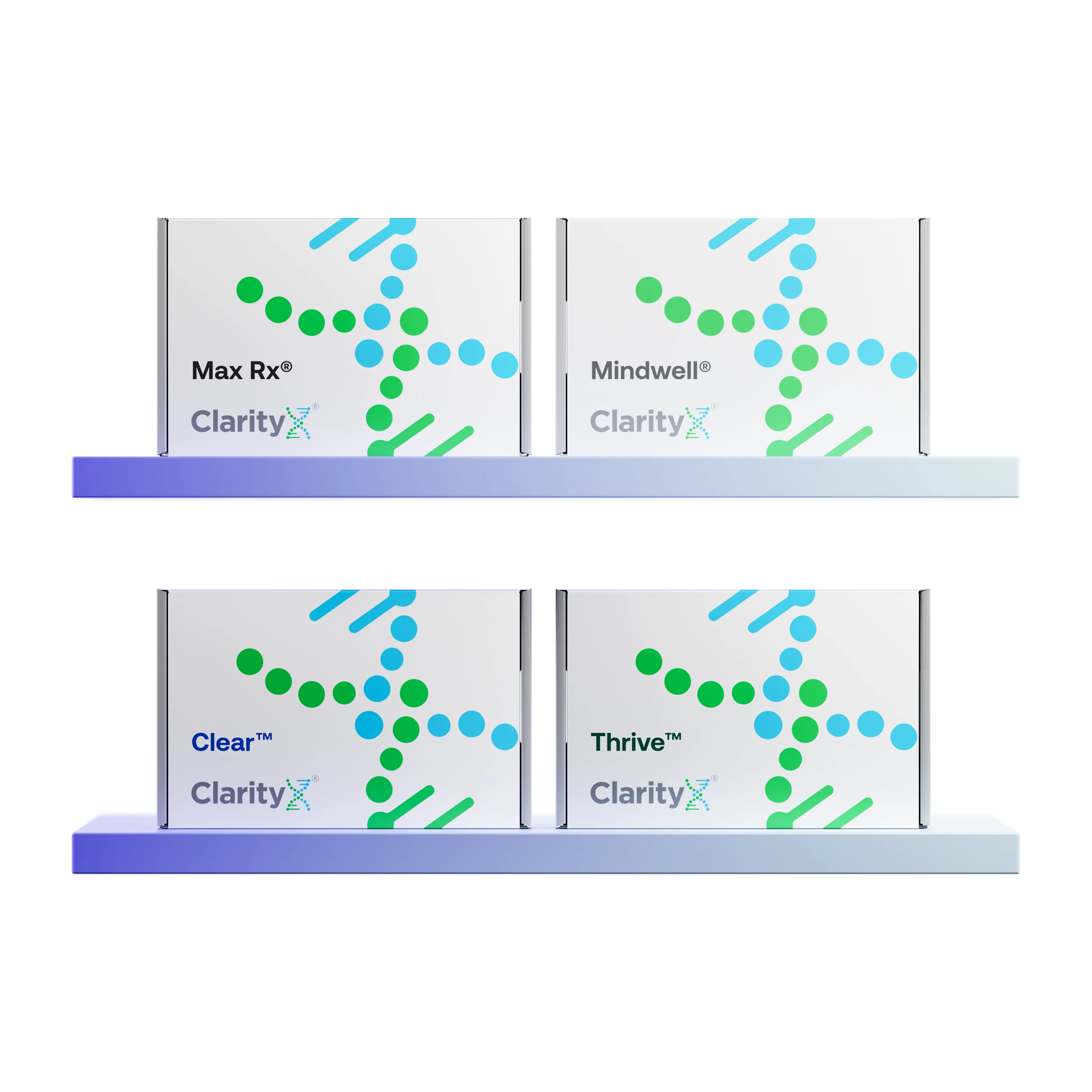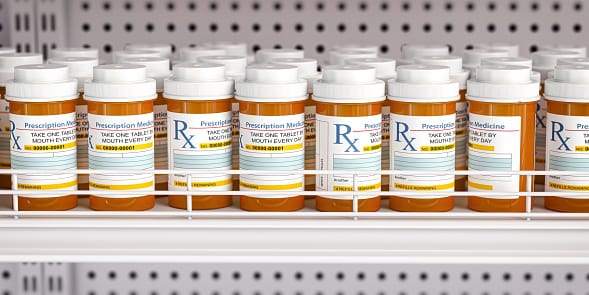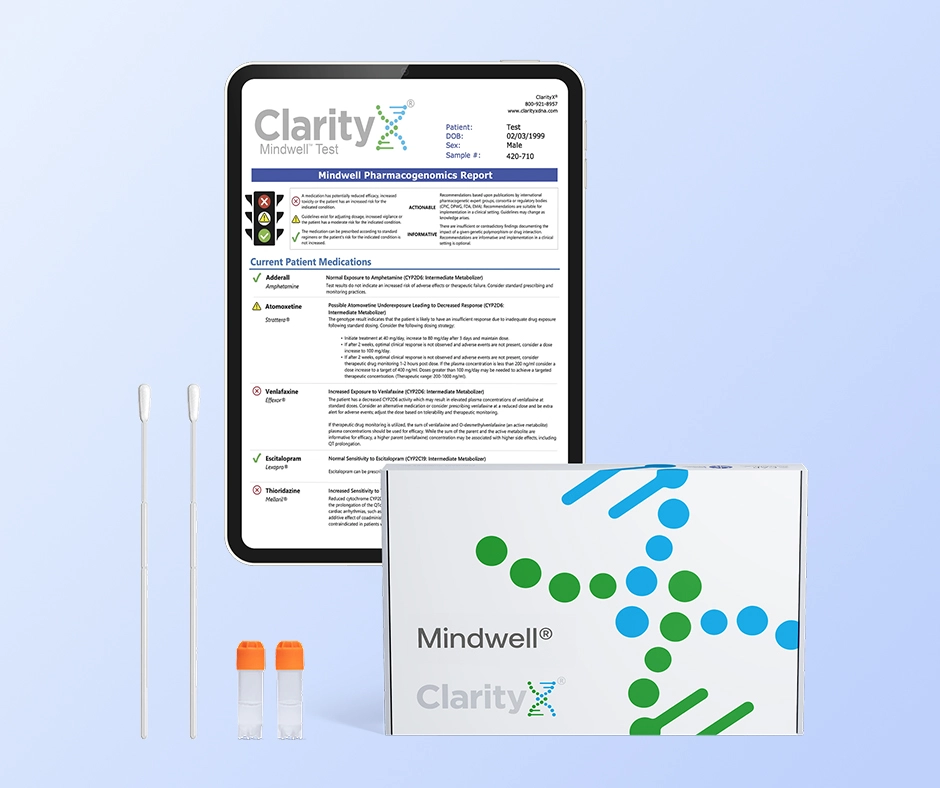Key Highlights
- Metoprolol and Propranolol are both blockers widely used for treating conditions like high blood pressure, heart disease, and angina.
- While they're good at lowering blood pressure and slowing down the heart rate, there are some key differences between them in terms of their chemical makeup and what they're best used for.
- Metoprolol is more selective and focused on the heart, whereas propranolol isn't picky—it affects other parts of the body, too.
- You might experience side effects with either medication; that's why it's crucial to discuss your treatment options with your healthcare provider before beginning any treatment.
- Deciding whether Metoprolol or Proporpanal is right for you depends on various personal factors, including exactly what health issue needs addressing and any other medical concerns.
Introduction
Beta-blockers are medicines often used for heart-related issues. They help by stopping adrenaline's impact, which slows the heart and lowers blood pressure. Metoprolol and propranolol are two common types of beta-blockers that help with conditions like heart disease, high blood pressure, and angina pectoris. However, picking the right one depends on the treated condition and the patient's health background.
Understanding Beta Blockers
Beta-blockers can be vital in keeping the heart healthy by stopping beta receptors in our bodies. When adrenaline kicks these receptors into gear, it makes your heart beat faster and raises your blood pressure. By stopping this action, beta-blockers help bring down both your heart rate and blood pressure, which can make things easier on your heart.
For folks dealing with high blood pressure, heart disease, or angina pectoris, doctors often suggest taking these medications. They're good at managing these issues and lowering the chances of serious problems like heart attacks or strokes. If you have other conditions related to the cardiovascular system, such as atrial fibrillation or heart failure, beta-blockers could be part of your treatment plan, too.
The Role of Beta Blockers in Heart Health
Beta-blockers play a big part in keeping the heart healthy. For folks managing heart failure, these meds can improve symptoms and help them exercise more. Beta-blockers take some of the load off the heart by slowing down the heartbeat and lowering blood pressure, making it work better.
High blood pressure or hypertension can lead to serious health issues if not managed appropriately. Beta-blockers are often used for hypertension as well because they lower blood pressure, which cuts down on chances for things like heart attacks or strokes.
Atrial fibrillation can cause your heart to beat fast and irregularly—beta blockers come in handy again by helping keep that rate under control. This eases symptoms and ensures your heart is doing its job right.
Metoprolol and Propranolol: A Brief Overview
Doctors often prescribe metoprolol and propranolol, two beta blockers. Metoprolol is part of the cardioselective beta blockers group, focusing mainly on the heart's beta receptors. It is available in different types, such as Metoprolol Succinate ER (extended-release) and Metoprolol Tartrate (regular release).
On another note, propranolol isn't picky about where it works; it targets beta receptors all over your body. It's not just for heart issues but also helps prevent migraines and treats essential tremors, among other things.
Key Differences Between Metoprolol and Propranolol
Metoprolol and propranolol are both beta blockers, but they're not exactly the same. For starters, their chemical makeup is different. Metoprolol specifically targets the heart's beta receptors, focusing more on heart-related issues. On the other hand, propranolol isn't picky; it targets beta receptors all over your body.
Because of this, these medications can be used for different purposes. Metoprolol is often prescribed for dealing with high blood pressure, tackling heart disease problems like angina pectoris (that chest pain you get when your heart’s crying out for more oxygen), and other similar conditions. Meanwhile, propranolol covers those bases and can also help prevent migraines, treat essential tremor (e.g., shaky hands), and help with certain types of anxiety.
Both do a good job of slowing down your heartbeat to keep things calm and steady inside. Propranolol may be a bit more effective for lowering heart rate, however.
Chemical Structure and Function
Metoprolol and Propranolol have different chemical structures contributing to their specific pharmacological actions. Here is a comparison of their chemical structures:
The structural differences between these two beta-blockers result in different effects on the body. Metoprolol is more cardioselective, meaning it primarily acts on the beta receptors in the heart. Propranolol, being non-cardioselective, may have more significant effects on blood vessels and other organs.
Therapeutic Uses and Efficacy
Metoprolol and Propranolol are both critical for treating heart-related issues, but they're used a bit differently. With Metoprolol, doctors often give it to people with high blood pressure to help decrease their numbers and lower the chance of having heart problems. It's also good for easing chest pain, known as angina, which happens when your heart doesn't get enough oxygen.
On the other hand, propranolol is similar because it can also be given for high blood pressure and chest pain. But what sets it apart is its ability to prevent migraines, which means fewer headaches that cause intense pain. It also helps with things like essential tremor by reducing shaking and can be used for anxiety symptoms.
So, while both medications tackle issues like hypertension (high blood pressure) and angina (chest pain), propranolol steps up by also keeping migraine attacks, anxiety, and tremors in check particularly well.
Side Effects and Safety Profile
Metoprolol and Propranolol usually don't cause problems, but some people might experience side effects. Before taking them, discussing these possible side effects with your healthcare provider is a good idea.
A few common issues that can come up with both drugs are feeling tired, getting dizzy, and having lower blood pressure than usual. On top of that, Propranolol might make you have vivid dreams, and Metoprolol could mess with your sleep.
Although it's rare, there are more serious things to watch out for, like changes in heart rhythm or signs that heart failure is getting worse. While also rare, both medications can also cause vivid dreams or impact sleep. If anything unusual happens or if something feels off after starting these medications, reaching out to your healthcare provider right away is crucial.
Common Side Effects of Metoprolol
Like other medicines, metoprolol might not be suitable for everyone. Some may feel tired or dizzy or notice their blood pressure dropping lower than usual. These common side effects often don't last long and go away without needing extra treatment. If these side effects persist for longer than a few days, it’s important to talk with your doctor because it can make you more likely to fall.
On the flip side, metoprolol can sometimes lead to more serious issues for some people. This includes problems with how your heart beats or worsening symptoms of heart failure. If you start feeling something's not right after taking it, it's essential to discuss this with someone who looks after your health.
For those with conditions like asthma or severe problems where the heart doesn't beat as it should (heart block), metoprolol might not be the best choice. Before starting on this medication, make sure your healthcare provider knows everything about your medical history so they can determine whether metoprolol is safe for you.
Common Side Effects of Propranolol
Just like metoprolol, propranolol can also cause side effects. These often include feeling tired, getting dizzy, and experiencing lower blood pressure. These issues tend to disappear without any need for treatment. If you’re still feeling dizzy after a few days, however, talk with your doctor because this can make you more likely to fall.
However, on rare occasions, propranolol might cause more severe problems, such as changes in heart rhythm or making heart failure symptoms worse. If you notice anything unusual or worrying while taking it, it's essential to discuss this with your healthcare provider immediately.
Those who have certain health conditions like asthma or a significant form of heart blockage should be cautious because propranolol may not be the best choice for them. That’s why sharing your full medical history with your healthcare provider is key; they need all the details to ensure this medication is safe.
Dosage and Administration Guidelines
When taking metoprolol and propranolol, a healthcare professional will decide how much you need based on what's going on with your health and what works best for you.
There are different types of metoprolol, like Metoprolol Succinate ER and Metoprolol Tartrate. The amount you take depends on which type you're using and the health issue being addressed.
Propranolol also comes in forms such as oral tablets and extended-release (ER) capsules. How much to take can depend on factors such as age, weight, and the specific health problem being treated.
It's important to follow your healthcare provider's dosage instructions so that these medications do their job without causing problems.
Recommended Dosage for Metoprolol
How much metoprolol you should take depends on the metoprolol type and your health concerns.
For people with high blood pressure, starting off with 100 mg of Metoprolol Tartrate once a day or splitting that into two doses is usually the best approach. Your doctor might adjust this amount depending on how your body reacts.
On the other hand, if heart failure is the concern, it is standard practice to begin with 25 mg of Metoprolol Succinate ER daily. This dose can be carefully increased as needed under close watch by a healthcare professional.
It's key to remember that everyone is different when it comes to medication needs and the severity of their condition. Ultimately, your healthcare provider will recommend the right dosage for you.
Recommended Dosage for Propranolol
How much propranolol you need depends on your health concerns and what works best for your body.
For folks trying to manage high blood pressure, starting with 40 mg of Propranolol twice a day is pretty standard. If needed, this can be increased to 320 mg daily.
On the other hand, if you're aiming to treat essential tremor, again, you'd start at 40 mg twice daily, but here, the max dose caps out at 120 mg per day.
It's really important to never overlook healthcare guidance when using Propranolol for high blood pressure or essential tremor treatment. Your doctor will tailor your dosage based on the severity of your condition and how well your body responds to the medication.
Drug Interactions and Contraindications
Metoprolol and propranolol might not play well with other meds, vitamins, or other things you take. This could affect how they work or make side effects worse. So, it's key to tell your healthcare person about everything you're on, even if it's just over-the-counter drugs or herbal products.
On top of that, there are some health issues where these medications might not be a good idea. For instance, it’s important to be cautious with a history of asthma, and they may need to be avoided if there’s a history of heart block.
Before giving the green light for either metoprolol or propranolol, your healthcare provider will look into everything to avoid any interactions with other medicines and check if your health condition makes them unsafe.
Pharmacogenomic Testing
Pharmacogenomic (PGx) testing is a precision medicine tool that analyzes your DNA to predict how your body will process and respond to specific medications. By examining genetic variants primarily those affecting liver enzymes the test reveals if you are likely to metabolize a drug too slowly (increasing the risk of severe side effects) or too quickly (making the medication ineffective).
This genetic insight allows doctors to move away from a "trial and error" prescribing method, helping them select the right drug and the right dose from the start to maximize treatment success while minimizing adverse reactions.
Metoprolol Interactions and Safety Precautions
Like any other medicine, metoprolol can mix in ways we don't want with different drugs or things you might be taking. It's essential to tell your healthcare provider about everything you're using, from the pills that sit on your nightstand to vitamins and even natural remedies.
Some medicines, especially ones for blood pressure like calcium channel blockers and a few medications for mood, can cause trouble when taken with metoprolol. Also, if heart disease runs in your family, this is something your doctor needs to know about because it could change how well metoprolol works for you.
Based on all this info—what meds you're already taking and whether there's a history of heart problems in your family—your doctor will figure out just the right amount of metoprolol for you and keep an eye on how it’s working.
Propranolol Interactions and Safety Precautions
Propranolol is a non-selective beta blocker, which can make it more likely to affect how other medicines work in your body. It's crucial to tell your healthcare provider about every medication you're taking. This includes stuff you buy without a prescription, like vitamins and herbal products.
Some drugs, for example, those that control heart rhythm or blood pressure, might not get along well with propranolol and could cause problems. Also, if heart disease runs in your family, propranolol needs to be used carefully since genetic factors could change how you respond to the medicine. Your doctor will think about all these things when deciding on the right dosage of propranolol for you and how often they need to check up on you while you're taking it.
Use in Special Populations
Beta-blockers like metoprolol and propranolol can be given to specific groups, such as pregnant women and older folks. But it's important to think about a few things.
When it comes to pregnancy and breastfeeding:
- These medications might go through the placenta or get into breast milk, which could affect the baby or newborn. So, if you're pregnant or nursing, your healthcare provider needs to check whether these drugs are okay for you.
- Keeping blood pressure in check during pregnancy is critical, so sometimes other medicines might be looked at instead.
For older people taking beta blockers:
- The effects may be felt more strongly, including a slower heart rate (bradycardia) and lower blood pressure (hypotension). This can lead to a higher risk of dizziness and potential falls.
- Doctors must monitor patients' heart rate and blood pressure closely when they're taking these medications.
Pregnancy and Breastfeeding Considerations
When it comes to pregnancy and breastfeeding, special care needs to be taken if you're using beta blockers like metoprolol and propranolol. Keeping blood pressure in check is crucial for the well-being of both mom and baby during pregnancy. But choosing to use beta blockers while pregnant isn't a decision that should be made lightly.
Healthcare professionals warn that these medications can cross over into the baby's system through the placenta. There are some studies out there hinting at risks like babies being born with low weight or not growing as they should because of these drugs, but research remains inconclusive.
Caution is needed when breastfeeding because beta blockers might get into breast milk and affect your baby. If you need to take them while nursing, it’s important that your little one gets checked regularly for any side effects from the medication. Always talk things over with someone in healthcare before deciding on using beta blockers when you’re pregnant or breastfeeding, making sure both benefits and possible downsides are considered carefully.
Elderly Patients and Beta Blocker Use
Older individuals might find beta-blockers such as metoprolol and propranolol helpful for dealing with high blood pressure or heart disease. However, it's important to remember a few things when giving these medications to the elderly.
People can become more sensitive to how drugs work with age. Beta-blockers could lead to a slower heart rate or lower blood pressure. If these drop too much, it can cause dizziness and falls.
For older adults, keeping diastolic blood pressure under control is key since it greatly affects the risk of cardiovascular problems. Beta-blockers like metoprolol and propranolol can help lower this type of blood pressure and help them avoid serious heart-related health issues.
When considering treatment options your genetics can also play a vital role in determining which medications will be best suited for you. A simple test can help reduce the trial and error process associated with finding the right medication. Find out more by visiting www.clarityxdna.com
Conclusion
Metoprolol and propranolol can be essential for keeping your heart healthy, but they're not exactly the same. They have different chemical makeups, uses, side effects, and ways they interact with other things you might be taking.
Knowing how much to take, when to take it, and who should avoid it or use it carefully ensures people can devise a plan that works best for them. This is especially true for certain groups, like those expecting a baby or older folks. Talking over these choices with healthcare providers ensures that everyone gets advice tailored so their treatment works well and avoids side effects.
Frequently Asked Questions
Can Metoprolol and Propranolol be Used Interchangeably?
Metoprolol and propranolol are both beta blockers, but they work differently. Even though both can be used for conditions like high blood pressure and chest pain (angina), you shouldn't just switch from one to the other without talking to a doctor first. When it comes down to choosing between metoprolol and propranolol, it really depends on each person's health history, how their body reacts to treatment, and if there might be any issues with other medicines they're taking.
References
https://dailymed.nlm.nih.gov/dailymed/drugInfo.cfm?setid=2b705cb6-cb75-4c2a-907a-4bd45d18bc2c
https://www.accessdata.fda.gov/drugsatfda_docs/label/2011/016418s080,016762s017,017683s008lbl.pdf
https://www.ahajournals.org/doi/10.1161/01.CIR.65.5.894
https://pubmed.ncbi.nlm.nih.gov/31383632/
https://pubmed.ncbi.nlm.nih.gov/35378257/
https://www.ncbi.nlm.nih.gov/pmc/articles/PMC6523058/
https://www.ahajournals.org/doi/pdf/10.1161/HYPERTENSIONAHA.120.15026
https://www.ncbi.nlm.nih.gov/pmc/articles/PMC4724794/
https://dailymed.nlm.nih.gov/dailymed/drugInfo.cfm?setid=14d0c95d-418f-40a8-bad3-e20c82424960
https://dailymed.nlm.nih.gov/dailymed/drugInfo.cfm?setid=cb76a73f-549a-4170-b96a-f93ed7e09464
https://clarityxdna.com/blog/learn/pharmacogenetics-testing/
https://clarityxdna.com/blog/learn/genetic-testing-for-atrial-fibrillation/






